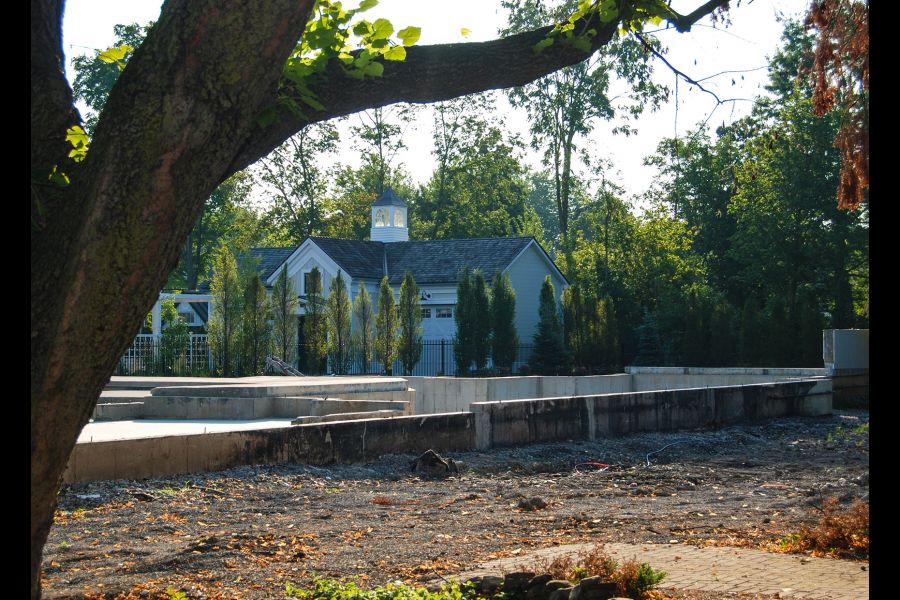Over the course of history, I suspect fire has destroyed more human-built structures than any other calamity. One would think, with the advances in building technology that our species may have focused more on this issue but, alas, such is not the case.
In reality, our building practices today may be even more susceptible to grievous damage by fire than many structures constructed in the 19th century.
Let’s think about the structural brick and stone homes spotted across Niagara. The exterior walls of these buildings (and often the interior supporting walls) were completely fireproof.
To finish the interior of these masonry walls, plaster was applied directly onto the brick (or stone). Wooden floor joists were set directly into the innermost course of masonry and effectively encapsulated by fireproof material. On many of these houses the original roofing material was tinplate, which was also fireproof. This left only the eaves and openings susceptible to an external fire threat.
Of course, these houses could be fully “gutted” by an interior fire, however when this occurred the home could normally be repaired because the structural context was still intact. Certainly a devastating event, but rarely a total loss.
Now let’s jump forward to Niagara-on-the-Lake in the early summer of 2021. A storage shed on a property at Simcoe and William bursts into flames and it sits only metres away from the just-completed, new neighbouring house. This house, in turn, is engulfed in fire and, by the time it is extinguished, declared a total loss.
So, why would a house, presumably constructed compliant to the Ontario Building Code, be consumed by a neighbouring fire?
To answer this, we have to consider the materials and construction methods often used in modern homes.
First, let’s start with a home’s exterior cladding in terms of fire resistance. Best in class is masonry, followed by aluminum siding, fibre cement siding, stucco, then vinyl and wood. While we understand that wood is inherently combustible, it’s often forgotten that vinyl siding is a petroleum product which, even when impregnated with fire retardants, burns hot and fast in the presence of sufficient heat and oxygen.
Next consider the eaves and soffits. Are they metal or gypsum? If not, this forms an ideal avenue for fire to penetrate the house.
What is under the cladding?
There is no requirement in the Ontario Building Code that the house be sheathed in a fire resistant shell such as joint-sealed gypsum board. On the contrary, beneath the house wrap on many homes is a layer of oriented strand board (OSB) comprised of wood flakes, resin and a petroleum-based wax; all of which are combustible. Worse yet, if there is a layer of flammable foam board insulation sandwiched between the OSB and the cladding, watch out!
I could go on, but by this point, I think you’ve gotten the picture. On a new home, it’s buyer beware.











